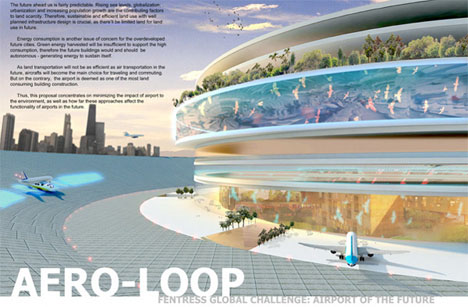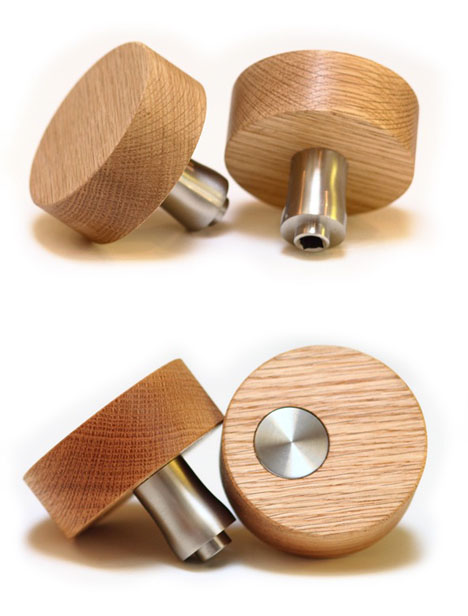
Tonight, Core77 is excited to present Zack Dougherty to the Hand-Eye Supply Curiosity Club hosted at the Hand-Eye Supply store in Portland, OR. Come early and check out our space or check in with us online for the live broadcast!
Zack Dougherty: Panoview Imaging "Interactive Photography and the Dynamic Experience"
Tuesday, Feb. 21st
6PM PST
Hand-Eye Supply
23 NW 4th Ave
Portland, OR, 97209

Zack will be discussing his work with panoramic imagery and the methods behind it. He will be demonstrating the use of his gigapixel photography coupled with interactive interfaces creating new ways to explore and experience digital photography and video. He will also be showing his new works in immersive 360° video. These videos give the user the ability to look where they want in a 360° video environment, creating a new dynamic experience for every person.

Zack Dougherty was born and raised in Mountain View, California. In 2001 he moved to Sacramento where he would study Astronomy and Astrophotography which quickly became his passion and a perfect platform to experiment on. During an excursion to Death Valley to test a robotic Near Earth Object tracking camera, cloudy weather lead him to use the camera to image the terrestrial surroundings. There he discover a new drive for photography and Panoview Imaging was founded shortly after. In September 2011, he moved to Portland to peruse an education in Industrial Design and continue his business in digital imagery.
















 From "Deluxe" (2005), by Ellen Gallagher
From "Deluxe" (2005), by Ellen Gallagher





 Images and reporting by Ciara Taylor
Images and reporting by Ciara Taylor Intel perceived user
Intel perceived user Intel actual user
Intel actual user



























